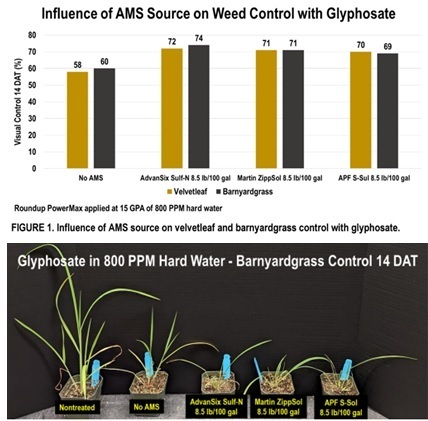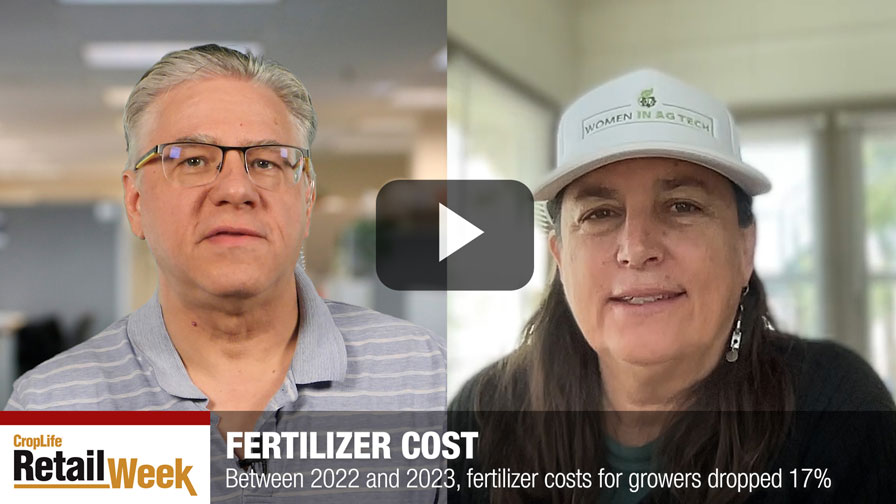Battle For Hearts And Minds

Economies of scale and the increasing size of a grower’s operation are driving retail consolidation. Several of our clients recently merged with other companies, and others are thinking about it. Recently, I was speaking with the general manager of one of these ag retailers about how they approached the whole merger process.
In this case, the two companies were co-ops, so after the various phases of negotiation and due diligence, both memberships voted on the proposal. Everything went smoothly and the project was completed in a timely fashion. Management has anticipated the challenges of merging two different sales cultures and operational styles and is actively building the new team.
The companies I am thinking about are quite customer-focused. So I was surprised to learn that after months of due diligence, the general manager I was speaking to hadn’t quantified the customer equity of the other company. Agribusiness can learn from leading companies such as Shell, Home Depot, and Nokia, who are becoming deeply involved in quantifying customer loyalty and the economics of word of mouth from their Promoter, Passive, and Detractor segments. We briefly discussed these segments in my last column.
Customers are the most important assets of any company. And while most components of a business are either depreciable or replaceable, the value of loyal customers actually appreciates over time. Loyal customers tend to give you a greater share of their business, are less costly to service, and sometimes will even pay a premium.
Let’s imagine the due diligence process of a company merger from an atypical perspective, assuming all the standard and valuable methods of company evaluation are in place. If you are involved with a merger or beginning to evaluate one, I suggest one additional component be implemented to deepen the analysis. By using Net Promoter customer segmentation at both companies, or at least at the junior partner, you can gain insight into how customer experiences of the company will likely impact your future cash flow.
Customers And Mergers
The above diagram shows that after a Net Promoter Analysis the senior company has found the junior company’s customers are comprised of 48% Promoters, 34% Passives, and 23% Detractors. Their Net Promoter Score is fairly low at 25%, which is the percent of customers who are Promoters less the percent who are Detractors. We would now want to examine how each of these customer segments are behaving in terms of sales, share of business, loyalty, etc.
Net Promoter segmentation and analysis is a leading indicator of how your business will likely perform in the future. Because Promoters rate you favorably on the experiences that drive customer loyalty, they generate positive word of mouth and are financially attractive in their own right. Detractors are actively disengaged with their supplier based on their experiences and generate negative word of mouth.
When you examine your customer database following Net Promoter segmentation, patterns in your customer behavior become clear. Questions get answered. Referencing the diagram again, the Promoters of a typical company will spend more, be more loyal, and give their retailer a greater share of business than Passives or Detractors. If I was involved in a company merger I would want to know at least the following about the potential new customers:
• What is the percent of Promoters, Passives, and Detractors among the customers? You are potentially buying a distressed asset if the company Net Promoter Score is lower than 20%.
• Has the percent of Detractors been going down or is it increasing? If Detractors are increasing, the company may be been trading off customer equity for short term gain on their books. Remember, Net Promoter is a leading indicator of profitability.
• Are the segments equally spread among all customers? Or is there a problem with, say, larger growers at the company?
• What is the defection rate for each segment? Passives and Detractors will defect at a higher rate than Promoters. You can expect this to continue until a thorough Gap Analysis is conducted among each segment to identify areas where the company’s performance may have impacted loyalty. A repair plan involving all employees who connect with customers will need to be successfully implemented to reverse the damage being caused by Detractors.
• What are the new customers worth to you? Typically, one Detractor cancels out the good recommendations of more than one Promoter. What is it worth to repair the gaps in service delivery to create more Promoters?
The Benefits Of A Merger
Because agribusiness is one of the few markets where the targeted customer base is not increasing, it makes sense for retailers to consider potential mergers with former competitors to increase efficiency.
Customer experience management is one of the new high-value areas in business today. AgKnowlogy has developed the Customer Experience Monitor to measure how customer experiences impact loyalty and the willingness to recommend your company. As part of the due diligence process, the Customer Experience Monitor can sharpen your analysis during or before a potential merger. Net Promoter analysis can become part of your competitive advantage.





